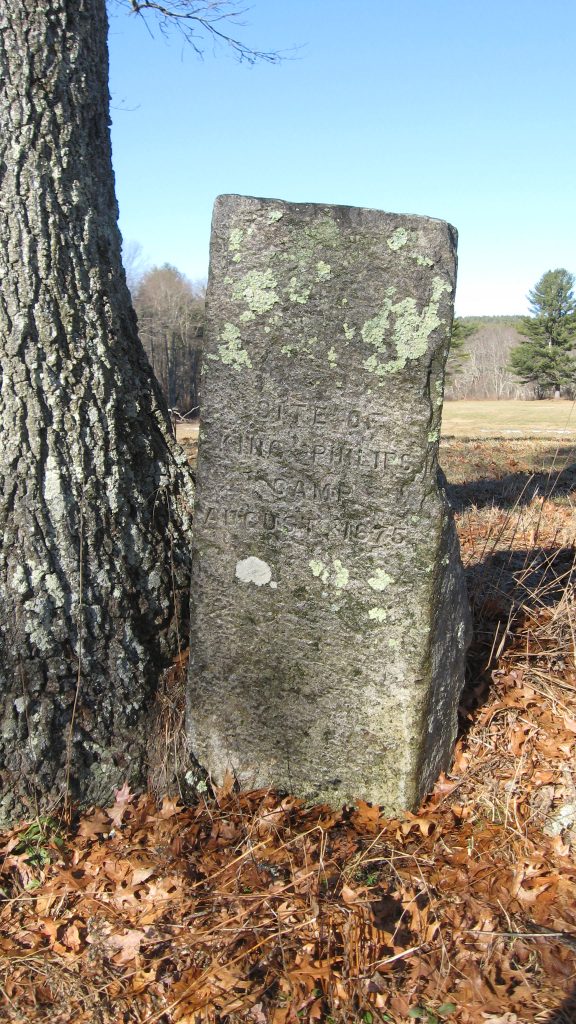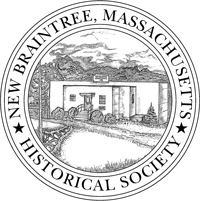Metacom (1638 – August 12, 1676), also known as Pometacom, Metacomet, or by his adopted English name King Philip, was a sachem (elected chief) to the Wampanoag people and the second son of the sachem Massasoit. Metacom became sachem in 1662 when his brother Wamsutta (later named King Alexander) died shortly after the death of their father Massasoit.
In the spring of 1660 Metacom’s brother Wamsutta appeared before the court of Plymouth to request that he and his brother be given English names in accordance with Wampanoag custom, in which new names marked significant moments in time (such as, in this case, Wamsutta’s father’s death).
Wamsutta’s widow Weetamoo squa sachem (a female chief) of the Pocasset, was Metacom’s ally and friend for the rest of his life. Metacom married Weetamoo’s younger sister Wootonekanuske. It is unclear how many children they had or what happened to them. It is known that Wootonekanuske and one of their sons were sold to slavery in the West Indies following the defeat of the Native Americans in what became known as King Philip’s War.
Initially, Metacom sought to live in harmony with the colonists. As a sachem, he took the lead in much of his tribes’ trade with the colonies. The colonies were expanding. To the west, the Iroquois Confederation was fighting against neighboring tribes in the Beaver Wars, pushing them from the west and also encroaching on Metacom’s territory. King Philip used tribal alliances (Quaboags, Waushacums, Nashaways, Nipmucks) to coordinate efforts to push European colonists out of New England. Many of these native tribes wanted to drive out the colonists following conflicts over land use, diminished game as a consequence of expanding European settlement, and other tensions.
Finally, in 1671, the colonial leaders of the Plymouth Colony forced major concessions from him. Metacom surrendered much of his tribe’s armament and ammunition, and agreed that they were subject to English law. However, the encroachment continued until hostilities broke out in 1675. King Philip temporarily joined a tribal village of allies called Menameset Village, located east of Winimusset Brook on Hardwick Road in New Braintree. This camp site has a granite marker (erected in 1907) on the North side of Hardwick Road next to roadside tree. The marker reads “Site of King Philip’s Camp, August 1675.”

Metacom led the Indian opponents of the English, with the goal of stopping Puritan expansion. As the colonists brought their growing numbers to bear, King Philip and some of his followers took refuge in the great Assowamset Swamp in southern Massachusetts. He held out for a time, with his family and remaining followers.
Hunted by a group of rangers led by Captain Benjamin Church, King Philip was fatally shot by a praying Indian named John Alderman, on August 12, 1676, in the Misery Swamp near Mount Hope in Bristol, Rhode Island. King Philip was 38 years old. After his death, his wife and nine-year-old son were captured and sold as slaves in Bermuda. Philip’s head was mounted on a pike at the entrance to Plymouth, Massachusetts, where it remained for more than two decades. His body was cut into quarters and hung in trees. Alderman was given Philip’s right hand as a trophy.
